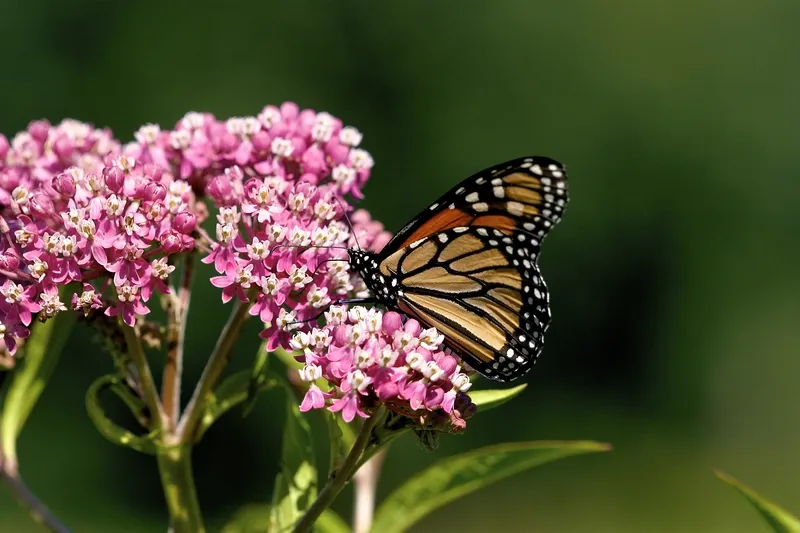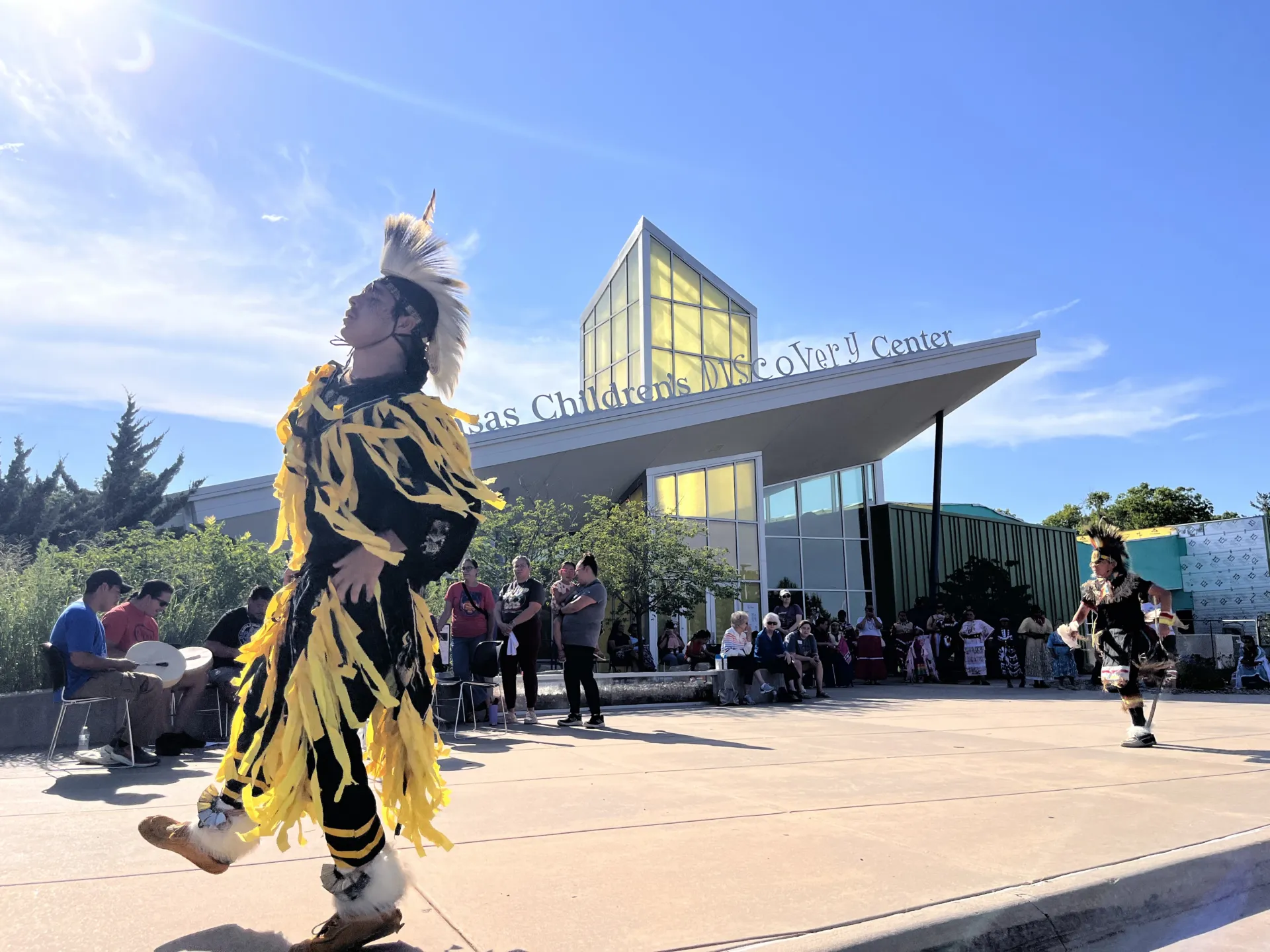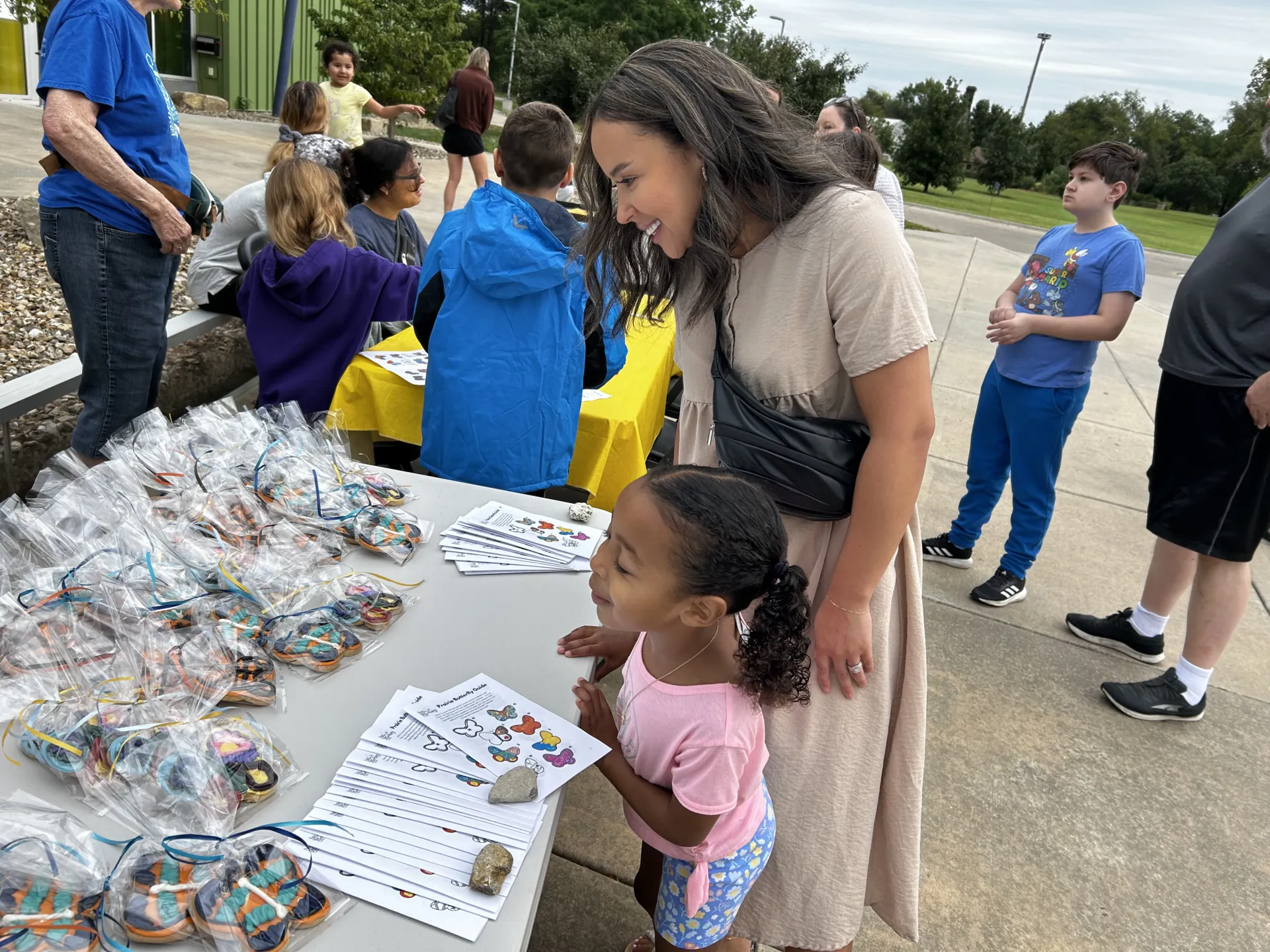
Change is coming to the prairie—but it’s helping manage stormwater naturally.
by Vivien Smith, volunteer prairie manager
You may have noticed construction in our beloved Discovery Center prairie! The east side of the prairie is becoming a new detention basin for stormwater. This seems like a big change, but really, it’s putting the prairie to work on a larger scale doing what it already does—managing rain runoff from the Discovery Center. The Building Discovery expansion, which doubles the museum’s square footage, requires more land be dedicated to this important task.
A detention basin is a large bowl dug into the ground that helps protect the environment by giving rainwater a place to go. Rainwater runs into the basin when it rains and slowly absorbs into the ground. The basin keeps dirty water from washing straight into rivers and helps prevent flooding.
Native plants are excellent at holding rainfall with their extensive root systems—check out the image on the right to see the amazing root system of prairie switchgrass! The prairie currently doesn’t get watered, it relies on rainfall for all the moisture it needs to grow and bloom. The new stormwater basin will bring more water to the prairie, where it will be put to good use by our prairie plants. That means more flowers, more butterflies, and more birds!

The west side of the prairie already has a smaller detention area that captures, filters, and slowly releases stormwater from the existing building. The “wet-feet” plants there, swamp milkweed, asters, sedges, hibiscus, monkey flower, cardinal flower, prairie petunias and more, will be easier to see in the new basin area.
The new detention basin will not be wet all the time, it will likely only hold water after rain for a short time when the runoff from the building roof and the parking lot flows to the basin before entering the city stormwater system. Most of the rain will soak into the ground, absorbed by prairie plants.
Visitors will notice some changes. The trails on the east side will change, and it might take a season or two to establish healthy plant growth on and around the new basin. The west side of the prairie, the paths up and around the prairie, and the Discovery Center’s commitment to a tallgrass prairie learning environment will remain unchanged.





